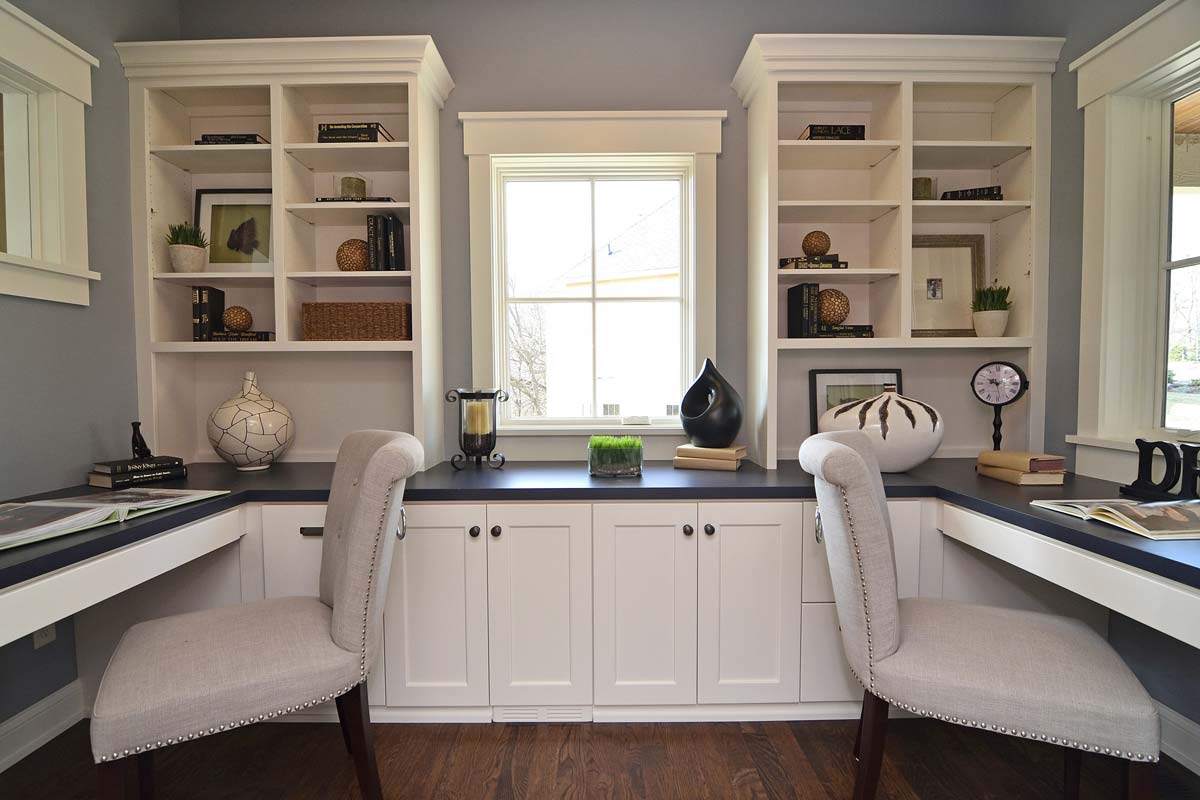How to Create the Ideal, Functional Home Office
Creating an ideal and functional home office is essential for productivity, focus, and work-life balance. Here are some steps to help you create the perfect home office:
Choose the right location: Select a dedicated space in your home that can be designated solely for your office. Ideally, choose a quiet area away from distractions and with sufficient natural light. If possible, opt for a room with a door to create a separate and private workspace.
Consider ergonomics: Invest in a comfortable and supportive office chair that promotes good posture. Ensure your desk is at the right height to prevent strain on your neck and back. Position your computer monitor at eye level to avoid neck strain. Pay attention to ergonomics to prevent discomfort and potential health issues.
Plan your layout: Design your office layout to maximize efficiency and productivity. Place your desk in a way that allows you to face the room or a window, if possible. Arrange your furniture and equipment in a manner that facilitates easy access to essential items and promotes a smooth workflow.
Lighting: Adequate lighting is crucial for a productive workspace. Position your desk near a window to take advantage of natural light. Add task lighting, such as a desk lamp, to illuminate your work area. Consider adjustable lighting options to accommodate different tasks and moods throughout the day.
Storage and organization: Keep your office clutter-free and well-organized to maintain focus and productivity. Invest in storage solutions like shelves, cabinets, or filing systems to keep documents, supplies, and equipment neatly stored and easily accessible. Use cable management tools to keep cords and cables organized and minimize visual distractions.
Tech setup: Set up your technology to support your work needs. Ensure a stable and high-speed internet connection. Invest in a reliable computer, printer, and other necessary equipment based on your specific work requirements. Set up your devices in a way that minimizes distractions and promotes a clean and organized workspace.
Personalize your space: Make your home office a space that inspires and motivates you. Decorate with artwork, plants, or personal items that create a positive and inviting atmosphere. Choose colors and décor that align with your style and preferences while maintaining a professional and focused environment.
Soundproofing: If your home office is located in a busy area or near common spaces, consider soundproofing measures to minimize distractions. Use thick curtains, acoustic panels, or noise-cancelling headphones to create a quieter and more focused environment.
Privacy considerations: Depending on your work requirements, privacy may be important. Consider installing window coverings or a privacy screen to prevent outside distractions and maintain confidentiality during video conferences or phone calls. Create boundaries: Establish clear boundaries between your home and work life. Set specific working hours and communicate them to your household members to minimize interruptions. Create a routine that helps you transition into and out of work mode, allowing for a healthy work-life balance.
Remember, creating an ideal home office is a personal process, and it's important to tailor it to your specific needs and preferences. Regularly assess and adjust your setup to ensure it continues to meet your evolving work requirements and promotes productivity and well-being.


Comments
Post a Comment